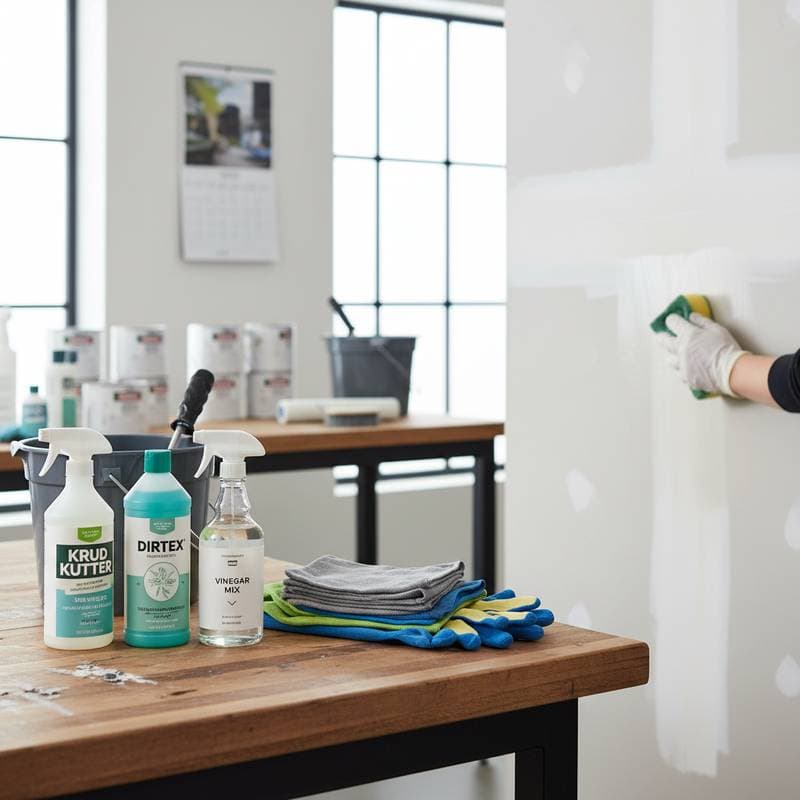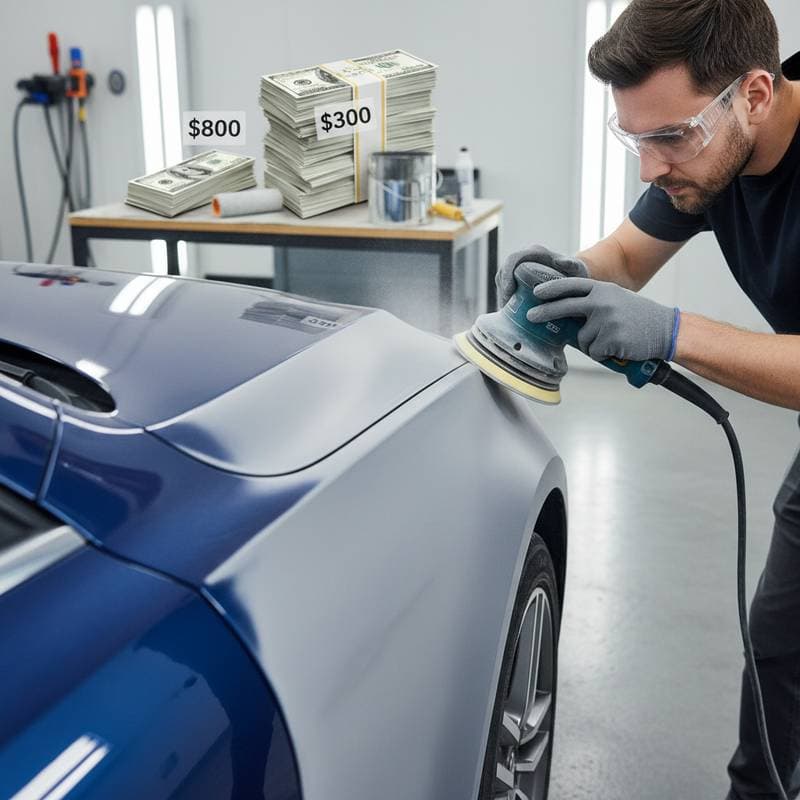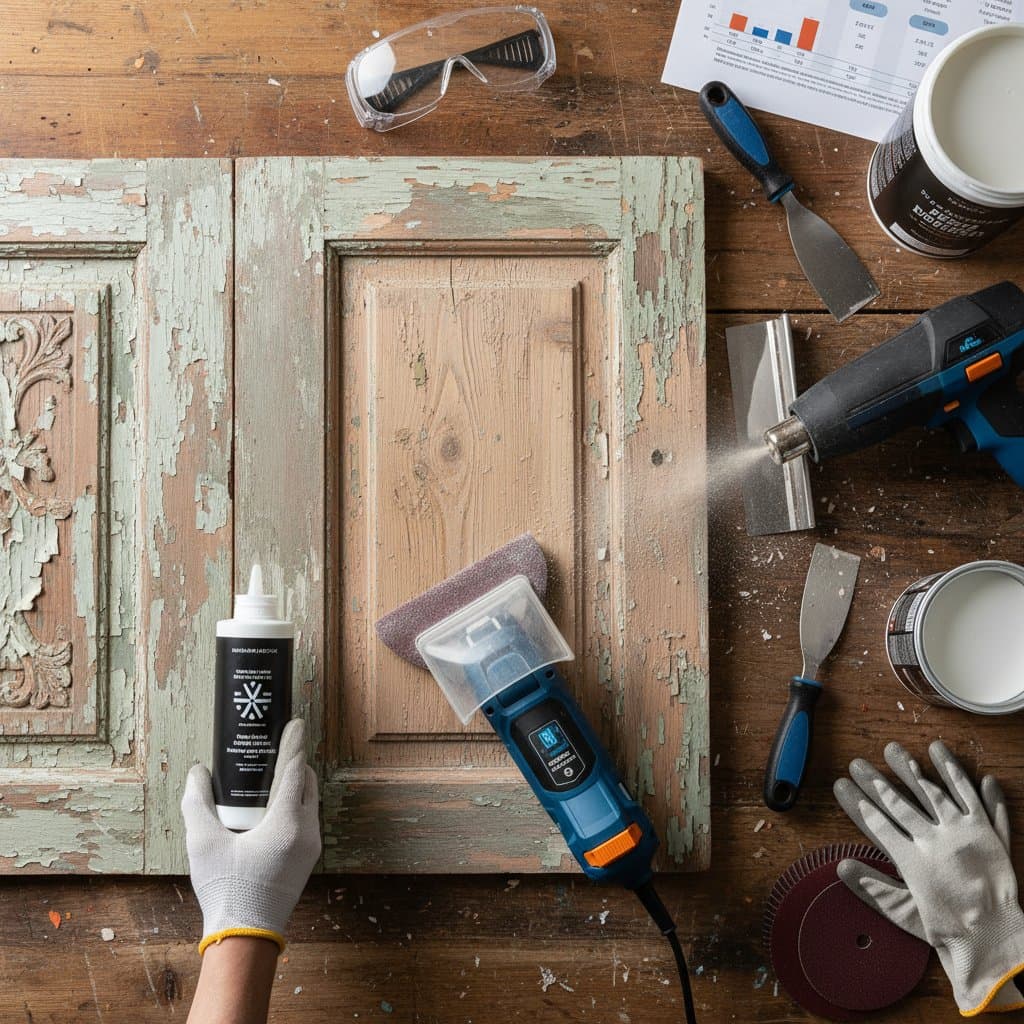Best TSP Substitutes for Effective Wall Preparation in 2025
Proper wall preparation forms the essential base for a durable paint application. Trisodium phosphate, known as TSP, has served as a standard cleaner for removing grime, grease, and residues prior to painting for many years. Homeowners increasingly prefer safer, environmentally friendly alternatives that provide comparable cleaning efficacy without aggressive chemicals. Selecting a substitute that penetrates buildup, rinses thoroughly, and prepares surfaces for primer or paint proves crucial.
This guide details the performance of contemporary TSP substitutes, key ingredients driving their effectiveness, and strategies for choosing the ideal option for specific projects. Homeowners gain tools to secure professional-level outcomes while prioritizing safety, efficiency, and surface preservation.
Why Wall Preparation Matters
Premium paint performs poorly on unclean or glossy surfaces, as contaminants hinder adhesion. Oils, smoke residues, soap films, and dust form barriers that compromise bonding. Thorough cleaning eliminates these obstacles and promotes longevity in the new finish.
Inadequate preparation frequently results in peeling, bubbling, or inconsistent coverage. Cleaning also uncovers imperfections such as cracks, nail holes, and stains requiring repair. For projects ranging from a single room to an entire residence, meticulous prep establishes the pathway to superior results.
Understanding TSP and Its Limitations
TSP earns praise for its potent degreasing capabilities, dissolving tough dirt, mildew, and chalky buildup with efficiency. However, its elevated phosphate levels spark environmental worries, as runoff contributes to waterway contamination. TSP also poses risks of skin and eye irritation, potentially dulling delicate finishes.
Current substitutes replicate this cleaning prowess by substituting phosphates with biodegradable surfactants or gentle alkaline compounds. Superior choices achieve equilibrium among potency, safety, and user-friendliness.
Top TSP Substitutes That Deliver Results
1. Krud Kutter Pre-Paint Cleaner
This water-based formula employs biodegradable components to eliminate grease, smoke films, and chalky residues. It eliminates the need for rinsing, streamlining the preparation process. On walls showing light grime or fingerprints, it yields a pristine, paint-compatible surface absent of harsh odors.
Best for: Lightly soiled interior walls and trim.
Approximate cost: $10 to $15 per gallon.
2. Simple Green All-Purpose Cleaner
Simple Green stands as a reliable choice due to its concentrated, non-toxic composition. Proper dilution enables it to tackle dirt and cooking residues on kitchen walls effectively. It rinses without residue, ensuring a smooth transition to painting.
Best for: Kitchens, bathrooms, and areas with moderate accumulation.
Approximate cost: $8 to $12 per gallon when diluted.
3. Dirtex Powder Cleaner
Dirtex offers robust cleaning akin to TSP, minus the phosphates. It dissolves readily in warm water and swiftly penetrates grime. Its easy rinsing appeals to painters handling both indoor and outdoor tasks.
Best for: Heavily soiled older walls, cabinets, or exterior siding.
Approximate cost: $6 to $10 per pound box.
4. Borax and Vinegar Solution
A DIY blend of borax, vinegar, and warm water harnesses natural degreasing power. Borax's alkalinity lifts grease, while vinegar counters odors and light residues. This option suits households pursuing chemical-free approaches.
Best for: Environmentally aware users and delicate settings.
Approximate cost: Under $5 for a gallon mixture.
5. Savogran Phosphate-Free TSP Substitute
Savogran replicates traditional TSP's strength without phosphates, minimizing leftover films and rinsing effortlessly. It excels at readying glossy or smoke-affected surfaces for fresh coats.
Best for: Glossy or residue-heavy painted areas.
Approximate cost: $8 to $12 per box.
Choosing the Right Substitute
Evaluate dirt intensity, intended paint variety, and surface texture when picking a TSP alternative. Robust formulas suit heavy kitchen grease, whereas milder options suffice for low-traffic refreshes. Glossy surfaces may demand deglossing or sanding post-cleaning to enhance adhesion.
Test cleaners on inconspicuous areas to confirm compatibility. Biodegradable options reduce environmental impact, while concentrated versions maximize cost efficiency for larger jobs.
Step-by-Step Wall Preparation Guide
1. Clear and Protect the Area
Relocate furniture from walls and shield floors with drop cloths. Detach switch plates, outlet covers, and fixtures to access all surfaces fully.
2. Dust and Dry Wipe
Employ a microfiber cloth or vacuum tool to dislodge cobwebs and loose particles. This initial pass prevents redepositing dirt during wet cleaning.
3. Mix and Apply Cleaner
Follow product instructions to prepare the solution. Use a sponge or soft cloth for application, progressing upward to avoid drips and streaks.
4. Rinse and Dry
Perform a water rinse, even with no-rinse claims, to guarantee residue absence. Permit complete drying, typically several hours, before proceeding.
5. Inspect for Repairs
Examine dried walls for imperfections. Apply patching compound to cracks or holes, then sand lightly for seamless integration with primer.
Professional Cleaning Versus DIY Approaches
Professionals bring specialized tools and experience, ensuring thorough results on challenging surfaces like smoke-damaged or high-traffic areas. They complete tasks swiftly, minimizing disruption, and often include warranty-backed guarantees. Hiring suits extensive renovations or time-constrained schedules, though costs range from $0.50 to $2 per square foot.
DIY methods empower control and savings, ideal for smaller projects. Substitutes like those listed simplify the process for novices. Success hinges on patience and proper technique; allocate ample time to avoid shortcuts leading to subpar adhesion.
Project Planning Essentials
Assess project scope early: measure square footage to estimate cleaner quantities and drying times. Budget for supplies beyond cleaners, including sponges, cloths, and patching materials. Schedule during mild weather to facilitate ventilation and speed drying.
Coordinate with paint selection; test compatibility between cleaners and finishes. For multi-room efforts, tackle one area at a time to maintain workflow. Document progress with photos to track improvements and inform future maintenance.
Frequently Asked Questions
1. What budget should I allocate for TSP substitutes?
Ready-to-use options typically range from $8 to $15 per gallon. Concentrates yield multiple gallons upon dilution, providing economical coverage for broader applications.
2. How long to wait post-cleaning before painting?
Surfaces require full drying, often several hours. Factors like humidity influence this; verify dryness by touch prior to primer application.
3. Is cleaning skippable on seemingly clean walls?
Invisible contaminants from oils, cooking, or dust persist on apparent clean surfaces. Routine cleaning secures adhesion and averts future defects like peeling.
4. Do eco-friendly cleaners rival TSP effectiveness?
Advanced green formulas perform comparably in typical home scenarios. Extreme cases may benefit from phosphate-free powerhouses or supplementary sanding.
5. Which safety measures apply during cleaning?
Don gloves, ensure ventilation, and refrain from blending products. Adhere to labels and rinse as directed to safeguard health and surfaces.
6. How to confirm wall readiness for paint?
Glide a clean hand over the surface; smoothness without tackiness or powder signals preparedness. Persistent issues warrant additional rinsing or abrasion.
Achieving Lasting Paint Success
Mastering wall preparation with these TSP substitutes elevates any painting endeavor. Homeowners secure vibrant, enduring finishes that withstand daily wear. Invest time in prep to enjoy professional aesthetics without the environmental trade-offs of traditional methods.



